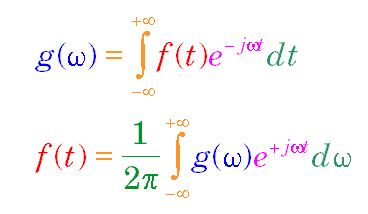Christoff Yurievich
Member
I'm trying to find the inverse function ofthe equation f(x) = (2x)/(x-1). I know you start by putting y in the place of the f(x) and then exchanging the variables to get x= (2y)/(y-1). what now? Do I change the formula to read 2y * (y-1) to the -1 power and then multiple it out?
interesting note: my math professor said that the people who don't try to understand math usually do better at it. It's the ones who try to ask 'why' that end up not doing too well. It's a faith issue, he said. I have faith in my ability to do a problem, but I also have faith in my ability to screw it up. Give me the answer so I know if I did it correctly. Hell, most teachers only care about the work anyway so why not just give the answers and grade on the way the student got there?
Anyway, am I on the right track there? And no, it isn't for a test. Just an assignment that's due tomorrow.
interesting note: my math professor said that the people who don't try to understand math usually do better at it. It's the ones who try to ask 'why' that end up not doing too well. It's a faith issue, he said. I have faith in my ability to do a problem, but I also have faith in my ability to screw it up. Give me the answer so I know if I did it correctly. Hell, most teachers only care about the work anyway so why not just give the answers and grade on the way the student got there?
Anyway, am I on the right track there? And no, it isn't for a test. Just an assignment that's due tomorrow.



